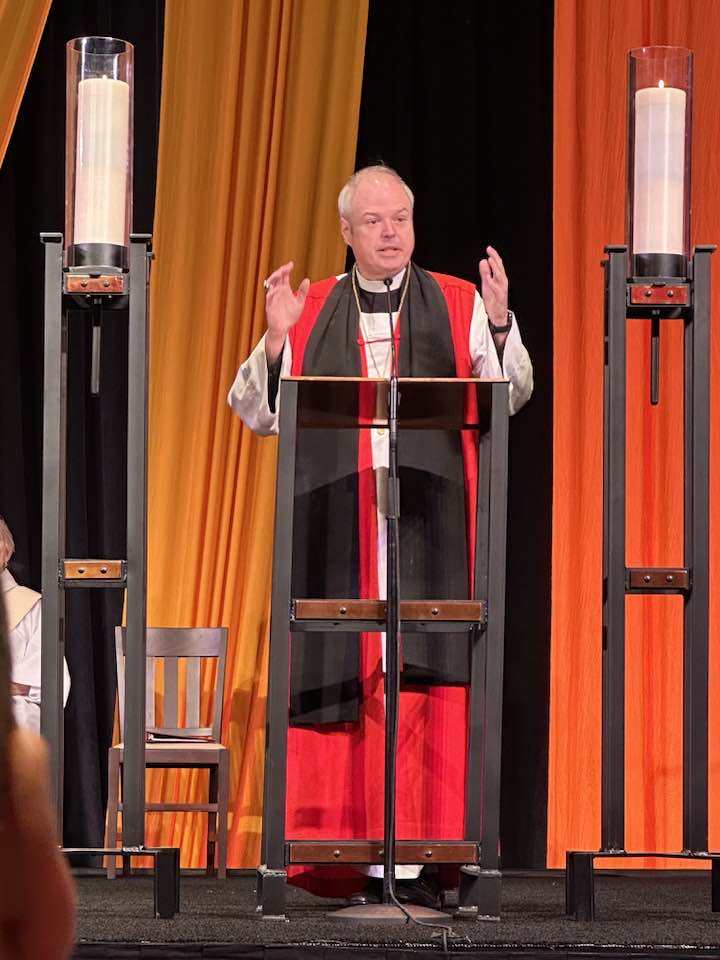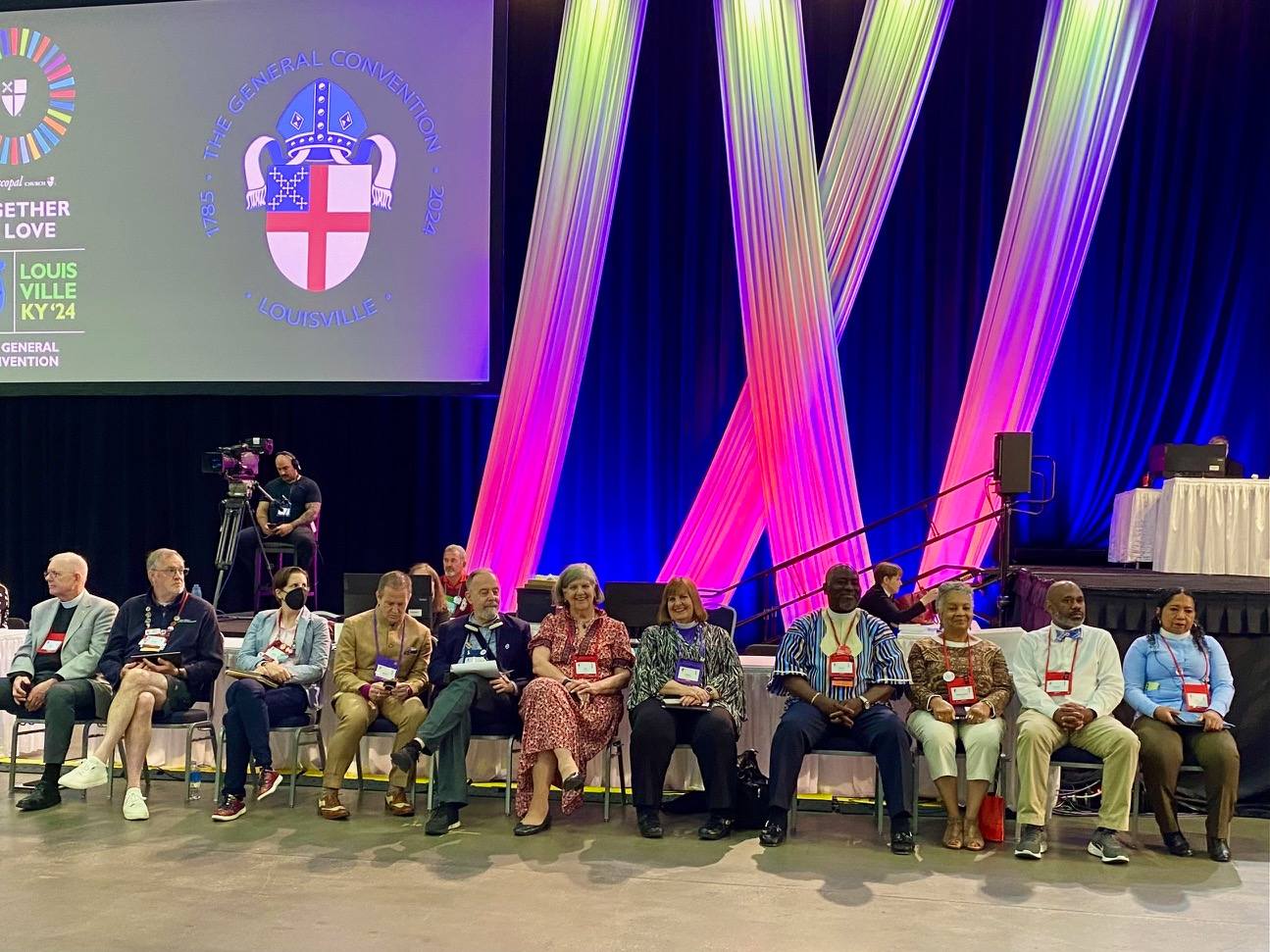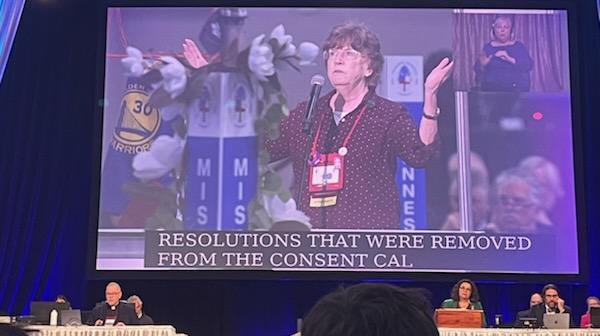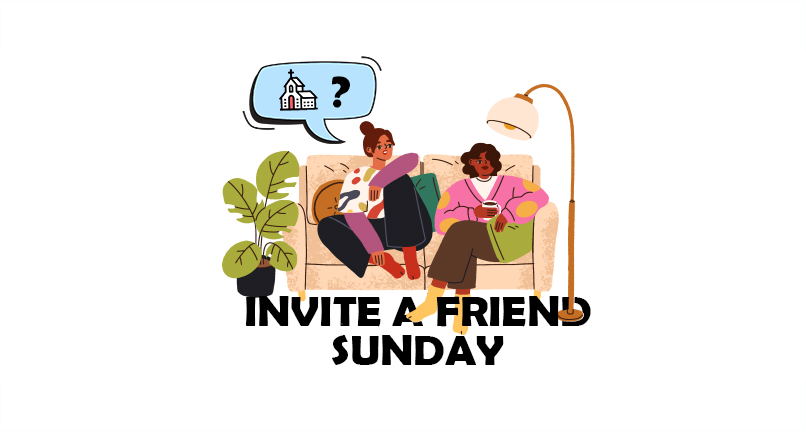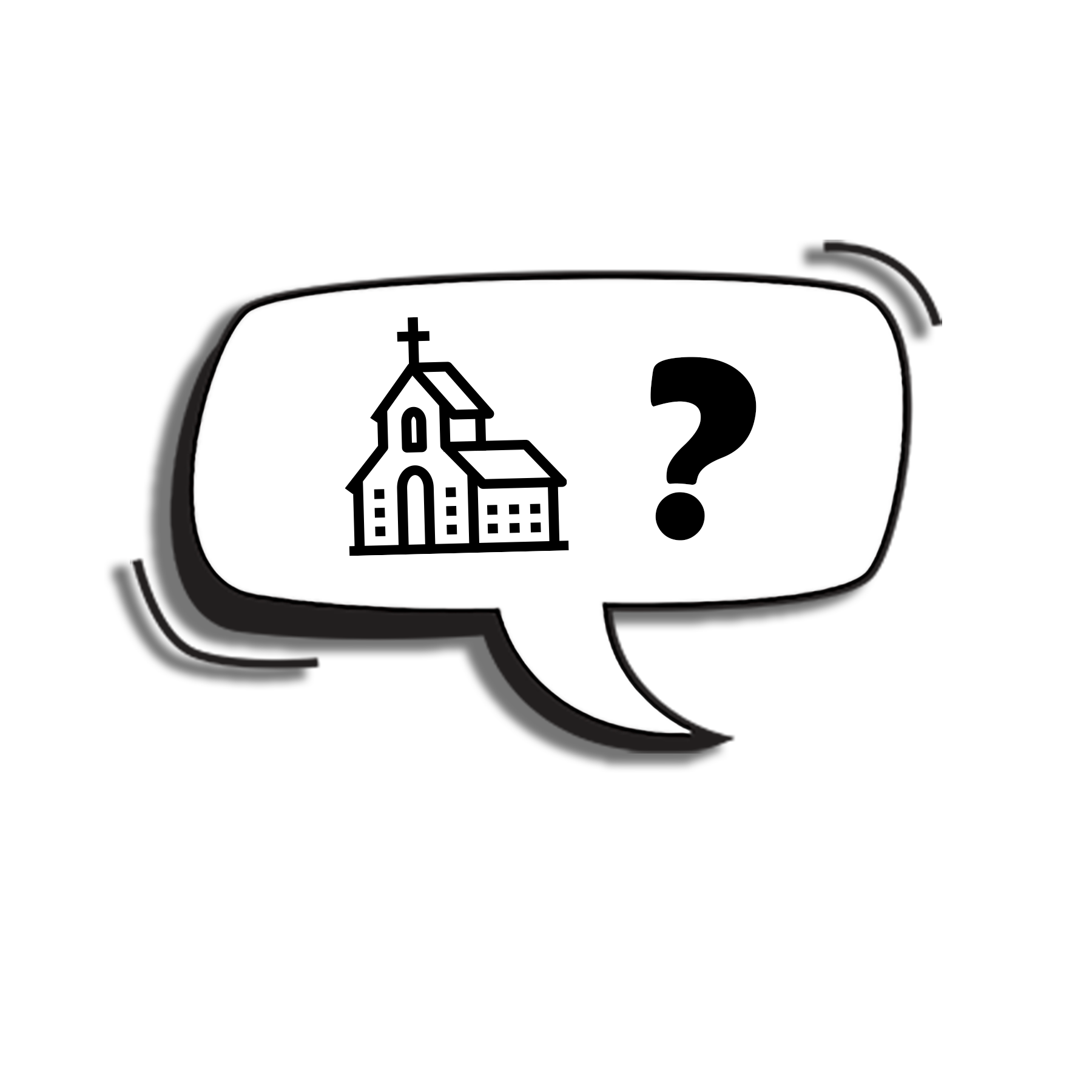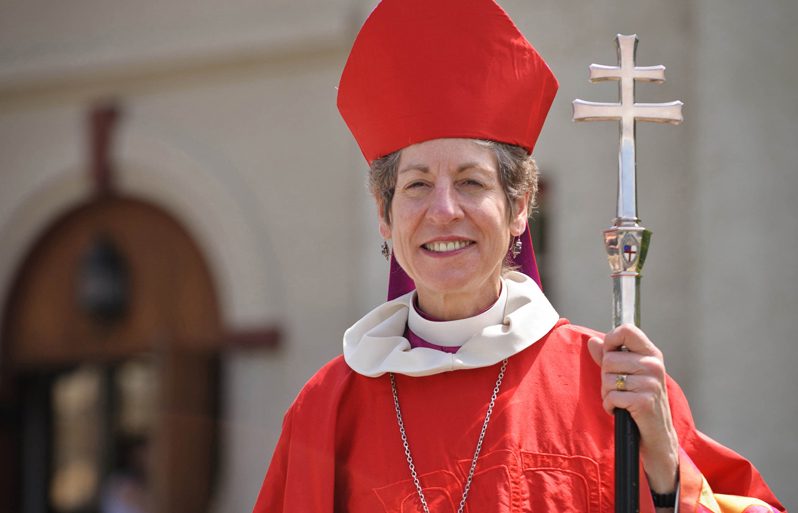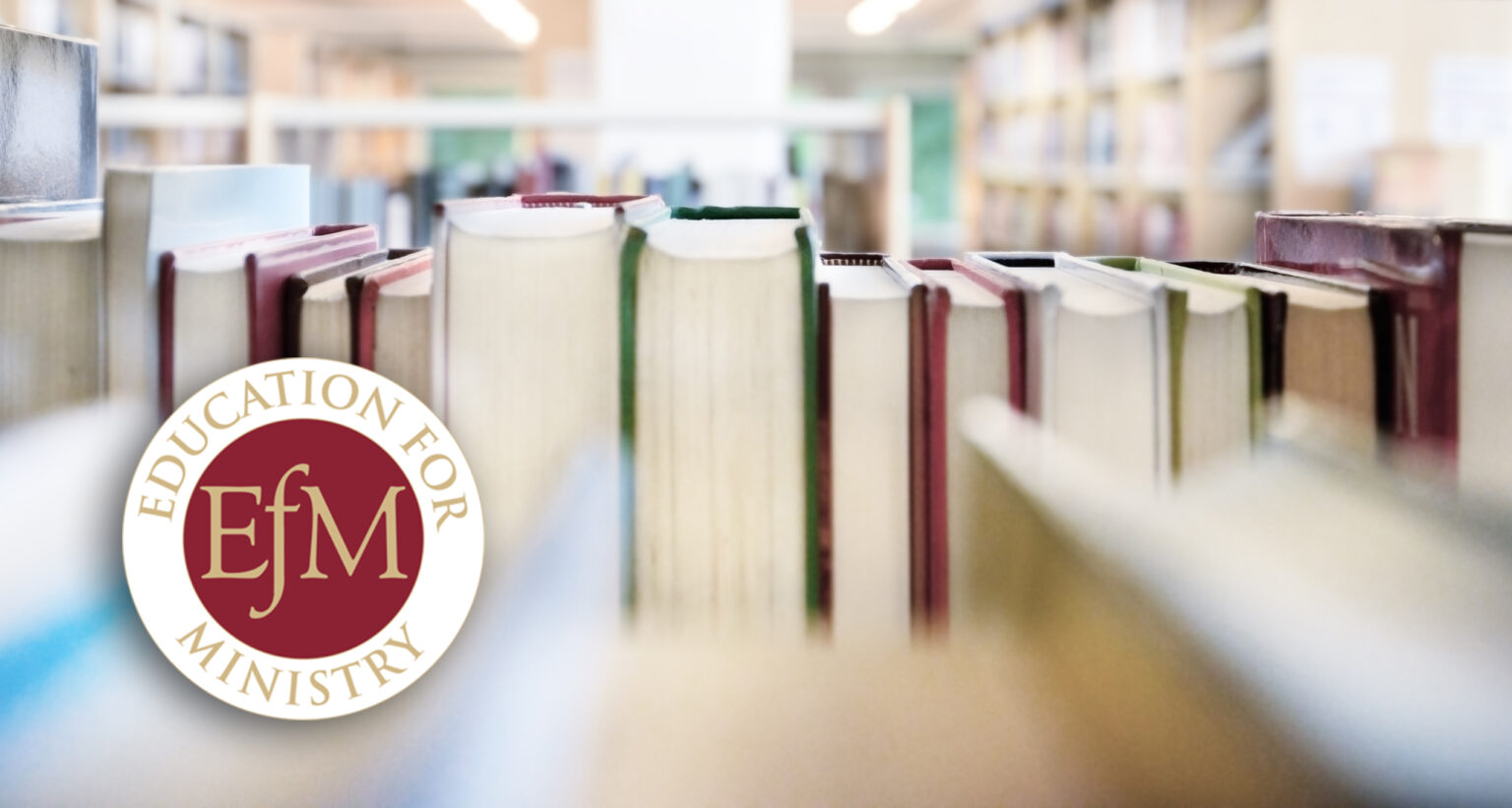Before we get into this piece on Juneteenth, it feels important to name that, though this feels appropriate for me to write in my role as Missioner for Community Vitality and Diversity, I am writing this reflection from the lens of my social location, which is, among other things, a non-Black woman of color. For reflections on Juneteenth featuring Black voices, please see last year’s Juneteenth article written by Tomas Gayton of St. Luke’s Episcopal Church, or any of the articles sourced in this piece.
A couple of weeks ago, I found out from Alyson Terry, EDSD’s Registrar and keeper of the calendar, that I have an unexpected day off this month. At the May meeting of the Executive Council of the Episcopal Diocese of San Diego, they voted on the new EDSD Employment Handbook, which added Juneteenth to the list of diocesan-observed holidays. As a diocese, I’ve seen us increasingly and actively observe Juneteenth as a part of our collective history, particularly since it became a federal holiday in 2021. And I was delighted that our leadership had this detail in our policy to make the observance of Juneteenth an official part of our corporate culture.
Although it does ultimately take the approval of someone from a central seat of authority to officially turn a movement into legislation–making it an “official” piece of our culture–it is important to remember that so many liberating and life-giving changes to our status quo come to us from the wisdom, creativity, and resilience of communities existing on the margins of our sociocultural spectrum. In other words, many of us have June 19th off because of the efforts of generations and generations of Black-led movements, advocacy and resistance.
What is Juneteenth?
On January 1, 1863, two years into the American Civil War, the Emancipation Proclamation was issued. The proclamation declared that should the Union win the war, “all persons held as slaves” within the rebellious states “are, and henceforward shall be free.” While the proclamation spread widely enough for 200,000 Black soldiers to join the Union army, the news spread more slowly through the Confederate states. One of these states was the state of Texas.
Even after the last battle of the Civil War took place on May 13, 1865 (also in Texas), hundreds of thousands of enslaved people didn’t know they were free. It wasn’t until a Union force arrived in Galveston, Texas, on June 19, 1865, that news of the Emancipation Proclamation reached them. The celebration of Juneteenth, the portmanteau evolved from the date of “June 19th,” originated as a celebration of the end of slavery in Texas. The celebration grew out of the state as many of the 250,000 newly freed Texans moved to neighboring states and beyond.
As we know now, the legislative end of slavery in our country wasn’t a direct road to racial equity or just treatment for Black communities. Even the act of celebrating Juneteenth became dangerous, thanks to ongoing racism and Jim Crow laws. Some Black communities would organize to purchase plots of land in the city, commonly named Emancipation Parks, in order to create safe spaces to celebrate. Celebrating Juneteenth then, was a practice of creativity and resilience and, as a woman named Opal Lee describes in one of my favorite articles about Juneteenth, a cultivation of “Hope” in the Black community.
Consider this context in contrast to where we stand today in 2024, after almost 160 years of waves of Black-led racial justice movements, and after only three years since one such movement finally pushed Juneteenth into the center of our “official” national culture. We have witnessed a number of bigger corporations fail to resist the temptation of commodifying the holiday (Juneteenth ice cream, anyone?). A number of folks newer to celebrating the holiday probably wrestle with the question, how can we celebrate Juneteenth appropriately without falling into appropriation?
As a non-Black woman of color who is actively clearing my work calendar to observe June 19th with the space and consideration it deserves, I do so with some tension and sobriety. In having Juneteenth off, I feel like I am the beneficiary of a treasure that others paid for. I feel like this is a holiday that, for a person of my social location, is unearned and undeserved.
For many of us in the Episcopal Church, the phrase “unearned and undeserved” probably feels familiar, as it is part of our definition of grace. On p. 858 of The Book of Common Prayer, our Catechism describes “grace” as “God’s favor towards us, unearned and undeserved.” As people of God, we are all recipients of treasures unearned and undeserved. That knowledge of receiving something we haven’t earned can make us feel uncomfortable – particularly in our society that so often tricks us into conflating what we’ve earned with what we’re worth.
The call for us as followers of Jesus, then, is to consider how we might live as recipients of that grace, who have not earned it, but are still part of this world that God deemed worthy of it. For many of us, following that call means living into our Baptismal covenant, including:
- persevering in resisting evil, and practicing repentance and return
- seeking and serving Christ in all persons, loving our neighbors as ourselves, and
- striving for justice and peace among all people, respecting the dignity of every human being.
Similarly, for me, observing Juneteenth will mean considering and recommitting to my Baptismal vows particularly as they relate to investment and support of thriving Black communities. I will not do this because I feel I need to earn the holiday, but because I believe that God calls us to live into a world that is worthy of the life-giving, liberating and loving hope embedded in Juneteenth.
If you’re feeling similarly called, here are some ways you might consider observing and celebrating this year’s Juneteenth in your own sphere of influence:
Center and celebrate Black voices, wisdom, and leadership.
Just as slavery would not have ended without Black resistance and organization, our world benefits from the wisdom and leadership of those whose bodies and lives have been dedicated to resisting and transforming long-standing systems of oppression. Yet, so often, the stories of heroism that make it to our history books tend to name and center a white hero as the main character in the story of liberation (think Abraham Lincoln as the authoritative figure behind the Emancipation Proclamation or Joe Biden, the authority to declare Juneteenth a federal holiday). Consider doing a history project in your own local neighborhood, community, or congregation. Who are the Black thought leaders and wisdom keepers you can learn from, not just on Juneteenth, but year-round?
Learn and share the histories of the Black community in your Church and neighborhood.
Cole Arthur Riley wrote, “Our hope can only be as deep as our lament.” And we can only lament those things of which we know. So, for many in our Church, learning to lament involves learning and telling the truth about the racial history of our churches and neighborhoods. You may know all the words to “Lift Every Voice and Sing” at this point, but do you know the history of the neighborhoods in which your church was built?
On the other side of the coin, learning the history of our communities includes learning who to celebrate! Who are the Black leaders and trailblazers in your context? Who are “The Firsts” in your congregation, such as your first Black Senior Warden or your first Black organist or Rector? Who was the first Black business owner or community leader in your neighborhood? How can you celebrate them?
Invest in Black businesses, organizations, and leadership.
The hard truth is that even with the celebration of Juneteenth, Black communities are still affected by the legacy of slavery and Jim Crow laws, including some Black communities in our region. We can work toward a more equitable reality by supporting Black-owned businesses, investing in community organizations serving local Black communities, and supporting funding for the development of leaders from these communities.
Take responsibility for your own role in transformative justice.
I had someone recently remind me that there is a fine line between centering marginalized voices and abdicating responsibility altogether. Abdicating responsibility might look like remaining in our comfort zone of solely consuming information about racial justice without ever risking something of ourselves to embody what we’ve learned through our deeds, words, or labor. It could look like underutilizing our own agency, resources, and gifts, under the assumption that someone else can, or even should, do “the work” for us. As members of the same Body of Christ, we have to remember that we belong to one another. And, as such, we are all responsible for using our gifts of time, talent, and treasure to heal, restore and build up the Body. This could look like using your gift of courage to ask for Bible studies that center on Black theologians. It could look like using your gifts to be The First. (Similarly, it could also look like using your gift of discernment to not be The First.)
What else might observing Juneteenth look like for you and your community?
In all of the many ways that we as a Body end up celebrating Juneteenth, let us also remember that the work of racial equity and restorative justice is an ongoing journey, and these practices aren’t beholden to one specific day.
Have a blessed, sacred, and hope-filled Juneteenth.
Sources & Further Reading:
“How to properly celebrate Juneteenth in the age of commercialization” by Destinee Adams
Slavery Didn’t End on Juneteenth. What You Should Know About This Important Day” by Sharon Pruitt-Young
“Why Juneteenth is a celebration of hope” by Rachel Jones
“Juneteenth is America’s second Independence Day – here’s why” by Sydney Combs


